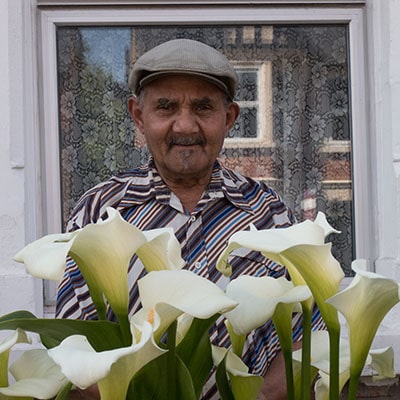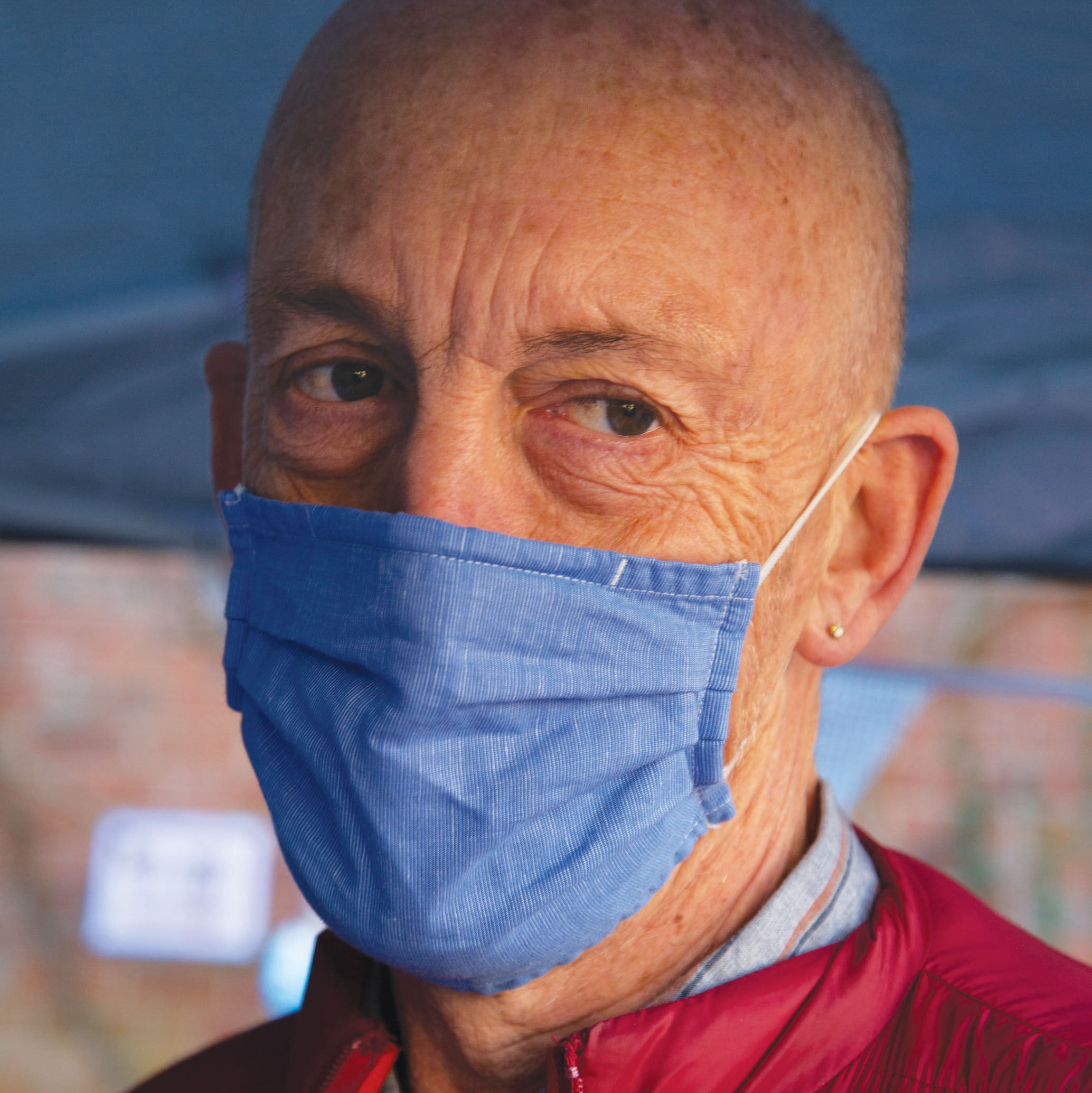Poverty, planning and homelessness
Once in a while political events or public policy pronouncements and developments ‘on the ground’ coincide to reinforce each other. Theresa May’s calamitous General Election and the appalling tragedy of the Grenfell Tower disaster in early June 2017 are a case in point, the latter reinforcing the sense, post-election of an out of touch government with little understanding of or empathy for the lived experience of so many people in or on the margins of poverty. Mid-November 2018 saw a similar conjunction. The much admired Raynsford Report (1) was published coincidentally within a couple of days of a report by Prof Philip Alston the UN Special Rapporteur on extreme poverty and human rights of his findings in the UK (2). Both were thrown into the maelstrom that is the Brexit debate and whether the agreement on British withdrawal from the EU scheduled at the time of writing for March 2019, would obtain Parliamentary consent and how withdrawal of any kind, hard, medium or soft, would impact on the poorest in society.
The Raynsford Report starts by saying, ‘How we organize and design our communities makes a profound difference to people’s long term health and well-being.’ Over its 125 pages it makes a passionate and compelling case for planning as a public good and contextualises it within the whole edifice of the welfare state established post 1945; the use of land for whose benefit, under whose control and for what purposes, whether that be for housing, economic activity, recreation and leisure, transport, or the essential public services we rely on as a nation such as education, health provision, or the protection and enhancement of the natural environment. Raynsford argues that the concept of planning is under threat and that in the form it exists at the moment it is hard to defend – the Report’s authors quite rightly have far greater ambitions. Philip Alston in his report looks at the state of society today, through a different prism but comes to similar conclusions. Because of its United Nations imprimatur his report has received more media coverage and much of it has been very hostile. Just a couple of days after her appointment as Secretary of State for Work and Pensions Amber Rudd denounced it for ‘the extraordinary political nature’ of its language. The Report’s focus is on what Alston rightly calls ‘social security and related policies’ (note, not ‘welfare’) hence Amber Rudd’s ire, but in doing so hammers home that these social security initiatives are underpinned by some vital services mainly performed by local authorities ‘providing a real social safety net [which] have been gutted by a series of government policies.’ He lists them. ’Libraries have closed in record numbers, community and youth centres have been shrunk and underfunded, public spaces and buildings including parks and recreations centres have been sold off.’ It could have been a line from the Raynsford Report.
He goes on to say how this landscape plays out in people’s everyday lives and the statistics are shocking. ‘14 million people, a fifth of the population live in poverty. Four million of these are more than 50% below the poverty line, and 1.5 million are destitute unable to afford basic essentials’ and reports that the Institute for Fiscal Studies predicts that on present trends child poverty will reach 40% by 2022, and that figure will reach 62% in single parent households. £1 in every £5 spent on public services is making up for the way that poverty has damaged people’s lives and that poverty itself is costing the UK £78 billion a year in measures to reduce or alleviate it, quite apart from the expenditure on benefits themselves. No wonder NHS accident and emergency departments are regularly overwhelmed; no wonder the concept of sustainable development is so tarnished when policy makers ignore the promotion of social justice and the reduction of inequality, crucial pillars of the concept. Raynsford is clear that there should be a legal duty as part of a re-imagined planning service to promote the long term sustainable development of the nation and the health safety and well-being of its citizens.
Housing and homelessness are the intersection between planning and the poverty agenda that the UN report focuses on, and the rise of homelessness over the past eight years has been striking.  There are 1.2 million people on the social housing waiting list, but fewer than 6,000 affordable homes were built in 2017. Homelessness is up 60% since 2010 and rough sleeping up 134%. A recent Shelter report (3) has identified that one in 200 people in Britain is now homeless, some 320,000 people.
There are 1.2 million people on the social housing waiting list, but fewer than 6,000 affordable homes were built in 2017. Homelessness is up 60% since 2010 and rough sleeping up 134%. A recent Shelter report (3) has identified that one in 200 people in Britain is now homeless, some 320,000 people.
These widening gaps between the poorest in society and the middle classes do not just impact on the poorest themselves. Alston comments that the middle classes will ‘find themselves living in an increasingly hostile and unwelcoming society because community roots are being broken’ and cites young people who feel that gangs are the only way out of destitution as an example. This middle class insecurity is not new but something academics Richard Wilkinson and Kate Pickett explored in some detail in The Spirit Level a decade ago. This gap between different groups in society has been a driver in the rise of forces leading to the Brexit vote in 2016 and as Raynsford reflects, has in part led to a discrediting of the role of planning in the eyes of many people who it is supposed to work for. The Report comments, ‘There has been a striking loss of public trust in planning. A stark comparison can be drawn the post war consensus over the value of planning and the highly polarised contemporary arguments which play out over issues such as housing and ‘fracking’. This process is part of a wider change in civil society manifested in declining political participation and a loss of trust in ‘experts’ (pp 8-9). Alston too homes in on this, commenting that the impact of Brexit on people in poverty is an afterthought in terms of Government policy-making and specifically that, ‘People feel that their homes, jobs and communities are at risk. Ironically it was these very fears and insecurity that contributed significantly to the Brexit vote.’
Both Raynsford and Alston are raising the alarm at the implications of this tearing of the fabric of British society. The tone of the Raynsford Report is measured, thoughtful, scholarly and practical in its conclusions and recommendations to Government and other stakeholders. The Special Rapporteurs report uses more highly coloured language and in doing so seems to have got under the skin of some in Government. Perhaps because it is written by a foreigner (Australian) who possibly expected better of the ‘old country’ or because its audience is not just a British one, the comments cut to the quick, ‘British compassion for those who are suffering has been replaced by a punitive, mean-spirited and often callous approach apparently designed to instil discipline where it is least useful, to impose rigid order on the lives of those least capable of coping with today’s world and elevating the goal of enforcing blind compliance over genuine concern to improve the well-being of those at the lowest levels of British society.’ We cannot exactly say this about our planning system, but the alarm bells are ringing in a similar key.
References:
1. Planning 2020 Raynsford Review of Planning in England. TCPA 2018
2. Statement on the visit to the United Kingdom u Professor Philip Alston, United Nations Special Rapporteur on extreme poverty and human rights. London 16 November 2018.
3. Patrick Butler: ‘At least 320,000 homeless people in Britain says Shelter’. Guardian 22 November 2018
This article first appeared in the December 2018 issue of Town & Country Planning.

